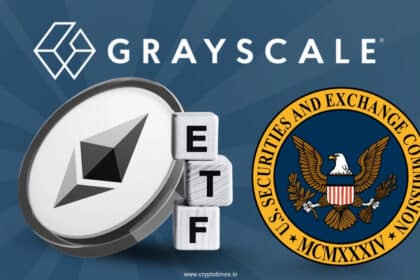In an October 4 opinion piece for Entrepreneur Magazine, Polygon co-founder Sandeep Nailwal argued that the path to mainstream cryptocurrency adoption may come from enabling frequent, low-value transactions rather than courting large financial institutions.
Nailwal wrote that digital assets could reach billions of users by supporting affordable micro-payments, framing this as consistent with crypto’s original principles of accessibility and self-custody.
However, this view contrasts with the industry’s current focus on institutional adoption, and what it suggests about the future of crypto use in emerging markets.
Shifting perspective from institutions to individuals
According to Nailwal, the industry’s emphasis on institutional “whales” risks overlooking the everyday financial activity that traditional systems often fail to serve.
“The obsession with stablecoins as institutional rails or wholesale infrastructure misses the largest opportunity: low-friction, everyday payments for the next billion users,” he wrote. Sandeep pointed to examples such as a $5 tip sent to a content creator in Manila or a $20 payment to a freelance developer in Nairobi as use cases that illustrate crypto’s potential utility.
In this perspective, such transactions could demonstrate practical value more effectively than replicating existing banking models on-chain.
High fees as a barrier and blockchain’s efficiency
Nailwal noted that legacy financial networks remain costly for small transfers, citing World Bank data showing that remittance fees in Sub-Saharan Africa can exceed 7%. He contrasted this with blockchain-based solutions where stablecoins and low-fee networks can reduce costs to a few cents, potentially making cross-border micro-payments sustainable.
The co-founder of Polygon suggests that low-cost blockchain infrastructure could support new payment behaviors—such as recurring tips, streaming payments, or small business transactions—that are impractical in the existing system.
The broader adoption debate
The piece situates this view within a larger discussion about what drives global crypto adoption. While some industry participants focus on institutional inflows and regulatory clarity, others emphasize grassroots use cases that address day-to-day financial needs.
This view is increasingly mirrored in industry developments: exchanges such as Binance and OKX recently launched crypto-payment cards in Brazil, aiming to let users spend crypto for daily purchases. Such infrastructure aligns with Nailwal’s argument about enabling micro-transactions as a practical adoption path.
Nailwal’s perspective also highlights how Layer 1 and Layer 2 networks are competing to handle high-volume, low-fee transactions as a measure of scalability and user relevance.
The commentary adds to an ongoing conversation about crypto’s real-world utility. Whether the next wave of adoption comes from major financial players or from billions of small transactions remains uncertain, but both dynamics continue to shape the industry’s evolution.
Also read: Binance To Halt Polygon Withdrawals To Support Network Upgrade












